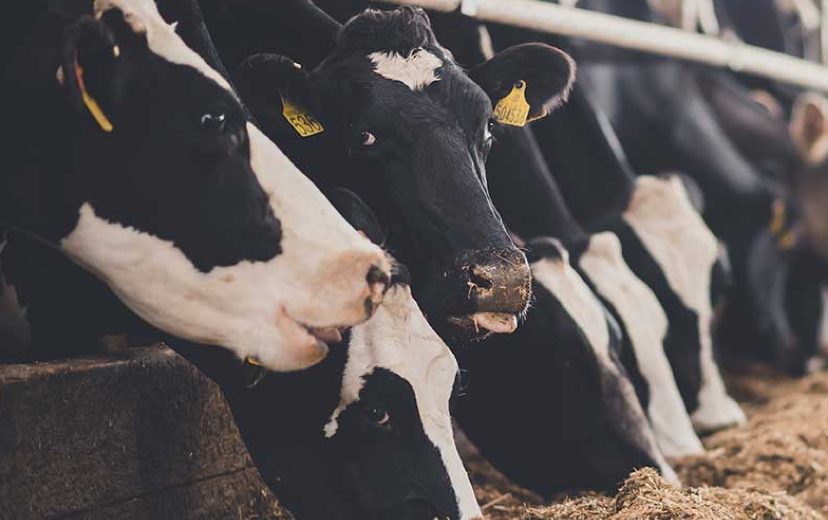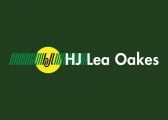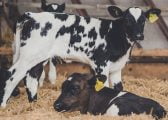AIC Feed and Nutrition Advice for Autumn / Winter 2018/19

AIC
The Agricultural Industries Confederation (AIC) is the agrisupply industry’s leading trade association. Formed in October 2003 by a merger of three trade associations, AIC has over 250 Members in the agrisupply trade and represents £6.5 billion turnover at farmgate. The trade association represents several sectors within the agrisupply industry including: Animal Feed; Crop Protection and Agronomy; Fertilisers; Grain and Oilseed; Seed. AIC works on behalf of its Members by: Lobbying policy makers and stakeholders; Delivering information; Providing Trade Assurance; Offering technical support.
Background
AIC members have contributed to this document which is intended to provide livestock farmers and their feed advisers guidance on how best to manage inevitably scarce feed and forage resources during the coming Autumn and Winter seasons. A prolonged winter followed by recent drought conditions and high temperatures has resulted in a reduced forage crop. This has implications both for summer/autumn feeding and for planning winter rations. The ground frost and rainfall maps comparing 2018 with 2017 highlight the situation.
Lack of available grass for grazing has resulted in some livestock farmers (dairy farmers particularly) opening up silage clamps to feed cattle over the latter part of the summer further reducing available stocks and increasing the requirement to plan for winter requirements.
What advice can AIC feed industry members offer to livestock farmers?
1. Recognise the value of analysis
Whilst much consideration is given to the volume of feed available, measuring the nutritional value of any feed is a much better means of establishing what is available and enables farmers and their feed advisers to plan the most efficient use of their resources. This is particularly important when considering using alternative feeds like co-products.
2. Carefully consider the pros and cons of buying in straw and hay
Be sure of the nutritional value of any bought in feed and take advice from a Feed Adviser Register qualified feed adviser on how best to introduce them into a ration to ensure good balance. More information on FAR advisers can be found from www.feedadviserregister.org.uk
3. Consider the use of alternative winter bedding to free up straw for feed
There are many different bedding options available but their cost and effectiveness varies. Bedding materials should be comfortable to lie on, non-abrasive, non-slippery, highly absorbent and have low levels of environmental bacteria and mycotoxin contamination. Alternatives include rape straw, miscanthus (elephant grass), hemp straw, pea and bean straw, linseed, woodchip/coarse wood shavings, shredded paper. Be sure to take advice on the suitability of any alternative for your herd/flock and production system.
4. Take advice on other sources of fibre
There are many ways to keep fibre in the diet. Talk to your FAR feed adviser about feeds such as treated straw, sugar beet pulp, soya hulls, palm kernel, wheat feed etc. Give due consideration to former food products such as bread, biscuit meal and confectionery feeds. More information on former food products can be found at https://www.agindustries.org.uk/sectors/animal-feed/ukffpa/
5. Feed according to animal requirement and stage of production
Make sure you are feeding groups and individuals most efficiently. Where relevant, weigh animals as regularly as possible in order to calculate feed requirements.
6. Review performance of your herd/flock following changes to your feeding programme
It is important to review animal productivity and performance following any change in feeding patterns. This is a valuable measure of resource efficiency and you can use the information can help you make any further amendments to rations.
7. Make sure you buy from assured suppliers
There may be temptation to buy in feed materials from operators who are not part of the assured feed chain (FEMAS). In order to ensure feed and food safety make sure your supplier has the requisite assurance standard and ask for evidence of this.
8. Be vigilant of bio-security risks when buying in forage and feed materials
Forage and feed suppliers and their vehicles will be travelling greater distances and dropping loads at a larger number of farm businesses over the coming months. Make sure your bio-security protocols are in place and known to all farm staff to minimise the risk of bringing infection onto your premises.
9. Reduce waste in store and at the point of feeding
Ensuring stores and buildings are weather and vermin-proof will reduce losses. Ensure feeding equipment is fit for purpose. Are scales and weighing plates accurate and regularly calibrated? Can livestock efficiently access feed?
10. Keep in regular contact with your FAR adviser to help you make informed decisions for winter feeding
Your FAR adviser can help you allocate your feed resources efficiently this winter and also, given that they know your production systems already, can help you determine what alternatives are best suited to your unit.
11. Talk to your other supply chain partners (retailers, milk buyers etc) about what help and advice they can offer
Many supply chain companies are well aware of the potential difficulties faced by livestock farmers in managing forage and feed resources over the coming months. Talk to them about any specific help and guidance they have put in place to help their suppliers.
12. Keep abreast of online drought advice resources
Organisations like AHDB and NFU have some excellent on-line advice resources which provide invaluable information for farmers:
https://ahdb.org.uk/knowledge-library/drought
https://www.nfuonline.com/news/featured-article/dry-weather-advice-all-the-information-in-one-place/
www.feedadviserregister.org.uk/farmer-support/
Document provided by AIC Feed Sector – August 2018







